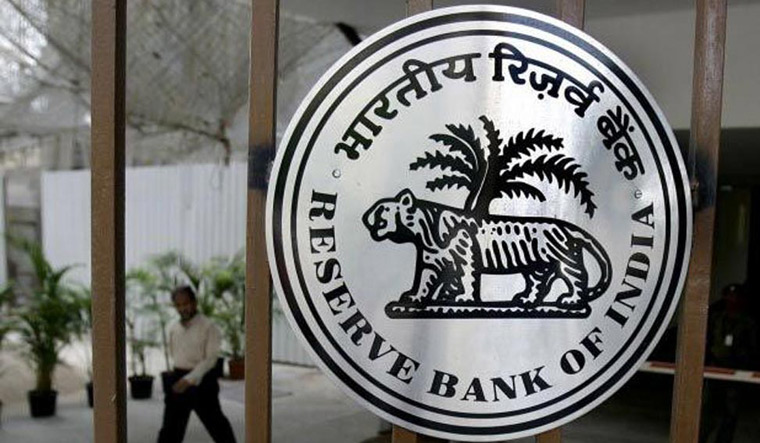The array of measures announced by the Reserve Bank of India (RBI), including a 75 basis points reduction in the benchmark repo rate, a sharper 90 bps reverse repo cut and lowering of cash reverse ratio (CRR) by 100 basis points will bring down cost of borrowing significantly, while also stabilising financial markets, roiled by the COVID-19 pandemic, feel experts. Also with retail inflation expected to soften now as food and crude oil prices fall, there is more scope for the central bank to reduce interest rates further as it battles to stimulate the economy, expected to be hit badly from the pandemic.
“The large rate cut, the adjustment in capital conservation buffer, the moratorium on repayments and the bazooka of conventional CRR cut and unconventional liquidity measure of incentivising banks to support commercial paper market, all will help financial markets stabilise, lead to immediate rate transmission and address the credit needs of the real economy,” said Rajnish Kumar, chairman of State Bank of India.
Suvodeep Rakshit, senior economist at Kotak Institutional Equities, said the RBI had delivered more than what was being expected and frontloaded a lot of the measures, which markets were expecting to see if the economic situation visibly deteriorated.
Over 2019, RBI had reduced the key repo rate by 115 basis points to 5.15 per cent. The 75 basis points rate cut announced on Friday will lower it further to 4.4 per cent.
“There is a scope for 50 bps of further repo rate cut if the effect of COVID-19 lengthens and the growth prospects deteriorate,” said Rakshit.
The RBI, through its various stimulus measures, will inject Rs 3.74 lakh crore liquidity into the system. This will lower rates relatively more across the short-to-medium tenors, he added.
Furthermore, there was also some relief from the RBI for the borrowers, be it individual borrowers or companies needing working capital.
“The measure on moratorium of three months on term loans, deferment of interest on working capital loans and reassessing working capital limits without impacting the asset classification will help banks in maintaining the credit quality in the short term, while providing the much needed liquidity to the borrowers in this period of uncertainty,” said Himanish Chaudhury, partner at consulting firm Deloitte.
He, however, feels that it will be critical for banks to respond quickly in implementing these measures, while ensuring effective communication with customers.
“RBI announced a comprehensive bazooka covering all aspects of the economy by taking measures system-wide both through liquidity, rates and regulatory forbearance and also targeted measures to manage the corporate bond markets,” said Upasna Bhardwaj, senior economist at Kotak Mahindra Bank.
She said the steps would go a long way in cushioning the “dislocations” in various markets and sees additional scope for 40-50 bps rate cut. This, along with other measures, would depend on how the COVID 19 spreads, she added.
“The fact that the RBI is vigilant of the situation and has promised whatever steps necessary to mitigate the coronavirus impact on the economy will allay all fears,” said Padmaja Chunduru, MD and CEO of Indian Bank.
Madan Sabnavis, chief economist at CARE Ratings said the transmission of additional liquidity provided and the interest rate cuts should improve now that the reverse repo rate is unattractive.
“The deferment of interest on working capital facilities and the moratorium announced on term loans would ease debt servicing pressures for these facilities and assuage fears of increase in banks stressed assets to an extent,” he said.
Amid the COVID-19 outbreak, demand has been muted across sectors and banks have also been reluctant to lend. However, once normalcy returns, companies will be seeking fresh credit to keep up with operations, and in that scenario, the liquidity enhancement measures will help, pointed Sabnavis.
“Maintenance of the accommodative policy stance and assurance that the RBI would continue to monitor the evolving situation and stands ready to take conventional and unconventional measures has given rise to expectations that the RBI may reduce rates further and pump liquidity into the system to stimulate economic activity when the situation returns to normal in next two-three months,” he added.



